
Ecology: Levels, Principles and Organizations
Subscribe to Never Miss an Important Update! Assured Discounts on New Products!
Must Join PMF IAS Telegram Channel & PMF IAS History Telegram Channel
Last updated on April 17, 2024 7:34 PM
Ecology – Principles and Organizations
- The term ecology was derived from two Greek words ‘Oikos’ meaning home and ‘logos’ meaning study.
- Ecology is the branch of biology concerned with the relations of organisms to one another (energy flow and mineral cycling) and to their physical surroundings (environment).
Levels of Organizations in Ecology
- Ecology encompasses the study of individual, organisms, population, community, ecosystem, biome and biosphere which form the various levels of ecological organisation.
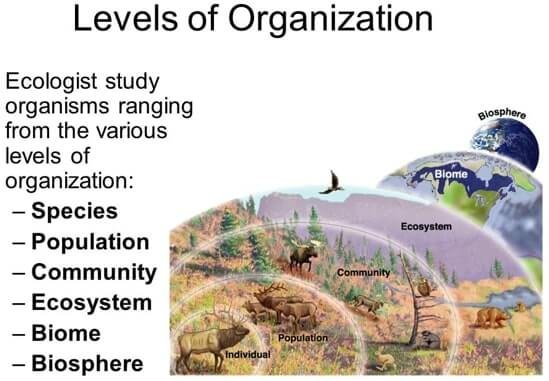
Individual and Species
- Organism is an individual living being that has the ability to act or function independently.
- Species are a group of living organisms consisting of similar individuals capable of exchanging genes or of interbreeding.
- They are considered as the basic unit of taxonomy and are denoted by a Latin binomial, e.g. Homo sapiens.
Population
- Population is a community of interbreeding organisms (same species), occupying a defined area during a specific time.
- Population growth rate can be positive due to birth and/or immigration or negative due to death and/or emigration.
|
Community
- Communities in most instances are named after the dominant plant form.
- For example, a grassland community is dominated by grasses, though it may contain herbs, trees, etc.
Major Communities
- These are large sized and relatively independent.
- They depend only on the sun’s energy from outside. E.g. Tropical evergreen forests.
Minor Communities
- These are dependent on neighbouring communities and are often called societies.
- They are secondary aggregations within a major community. E.g. A mat of lichen on a cow dung pad.
Ecosystem
- An ecosystem is a community of organisms interacting with each other and with their environment such that energy is exchanged and system-level processes, such as the cycling of elements, emerge.
Biome
- A biome is a large naturally occurring community of flora and fauna occupying a major habitat. E.g. Rainforest biome or tundra biome.
- Plants and animals in a biome have common characteristics due to similar climates and can be found over a range of continents.
- Biomes are distinct from habitats because any biome can comprise a variety of habitats.
Biosphere
- The biosphere includes all living organisms on earth, together with the dead organic matter produced by them.
Principles of Ecology
Adaptation
- An adaptation is, “the appearance or behaviour or structure or mode of life of an organism that allows it to survive in a particular environment”.
Adaptation may be:
- Morphological – when trees grew higher, the giraffe’s neck got longer;
- Physiological – in the absence of an external source of water, the kangaroo rat in North American deserts is capable of meeting all its water requirements through its internal fat oxidation (in which water is a by-product). It also has the ability to concentrate its urine so that minimal volume of water is used to remove excretory products;
- Behavioural – animals migrating temporarily to a less stressful habitat.
Examples of Adaptation
- Many desert plants have a thick cuticle on their leaf surfaces and have their stomata arranged in deep pits to minimise water loss through transpiration.
- Some desert plants like Opuntia, have no leaves – they are reduced to spines, and the photosynthetic function is taken over by the flattened stems (few leaves mean less area is available for transpiration).
- Mammals from colder climates generally have shorter ears and limbs to minimise heat loss. (This is called Allen’s Rule.) Guess why an elephant has huge ears?
- We need to breathe faster when we are on high mountains. After some days, our body adjusts to the changed conditions on the high mountain.
- Such small changes that take place in the body of a single organism over short periods, to overcome small problems due to changes in the surroundings, are called acclimatisation.
- The body compensates low oxygen availability by increasing red blood cell production, decreasing the binding capacity of haemoglobin and by increasing breathing rate.
- A hyperthermophile is an organism that thrives in extremely hot environments — from 60 °C. E.g. Archaebacteria flourish in hot springs and deep-sea hydrothermal vents.
- Desert lizards lack the physiological ability that mammals have. They bask in the sun and absorb heat when their body temperature drops but move into the shade when the ambient temperature starts increasing.
- Some species are capable of burrowing into the soil to hide and escape from the above-ground heat.
Variation
- Variations are induced by changes in genetic makeup due to addition or deletion of certain genes.
- Mutations, change in climate, geographical barriers etc. induce variations over a period of time.
- The difference in the colour of skin, type of hair; curly or straight, eye colour, blood type among different ethnic groups represents variation within human species.
Adaptive radiation
- Adaptive radiation is a process in which organisms diversify from an ancestral species into a multitude of new forms when the environment creates new challenges or opens new environmental niches.
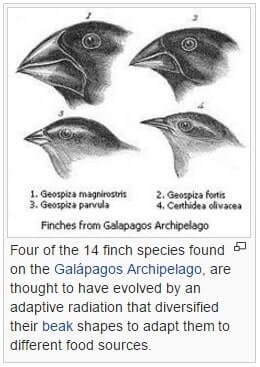
Speciation
- Speciation is the process by which new species are formed, and evolution is the mechanism by which speciation is brought about.
- A species comprises of many populations. Often different populations of a species remain isolated due to some geographic barrier such as mountain, ocean, river, etc.
- Geographic isolation leads to speciation (allopatric speciation or geographic speciation).
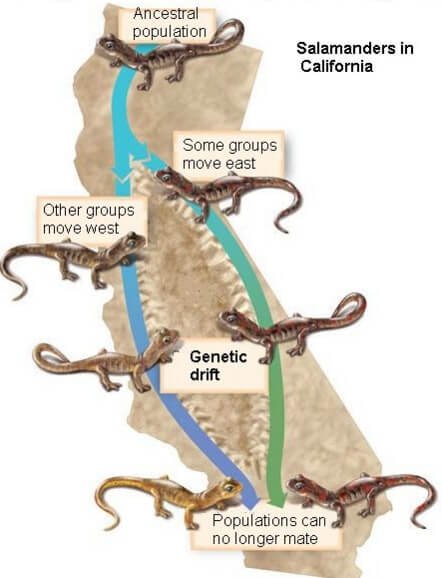
- After a long period of time, the sub-populations become very different (genetic drift) and get isolated, reproductively, i.e. they no longer interbreed.
- Later even when the barrier is removed, the sub-populations are unable to interbreed, and thus subsequently the sub-populations become two different species.
Mutation
- Mutation (a change in genetic material that results from an error in replication of DNA) causes new genes to arise in a population.
- Further, in a sexually reproducing population, meiosis and fertilisation produce a new combination of genes every generation, which is termed recombination.
- Thus, members of the same species show ‘variation’ and are not identical.
Natural Selection
- Natural Selection is the mechanism proposed by Darwin and Wallace.
- Natural selection is the process by which species adapt to their environment.
- It is an evolutionary force that selects among variations, i.e. genes that help the organism to better adapt to its environment. Such genes are reproduced more in a population due to natural selection.
- Those offsprings which are suited to their immediate environment have a better chance of surviving, reaching reproductive age and passing on the suitable adaptations to their progeny.
Evolution
- Evolution is the change which gives rise to new species.
- It happens in order to make the organism better suitable to the present environment.
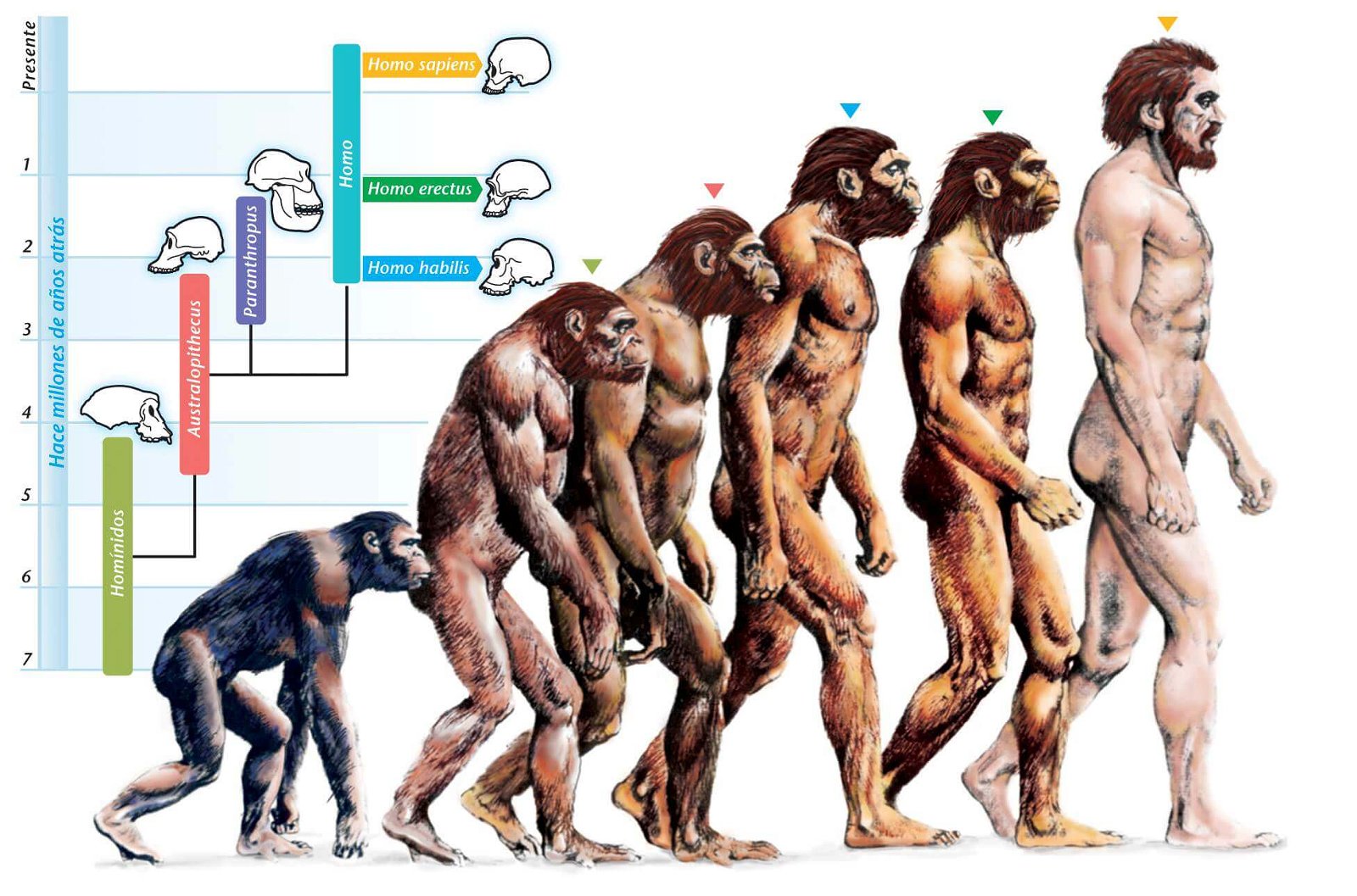
- Evolution involves the processes of natural selection, adaptation, variation etc.
- A valid theory of evolution was propounded by Charles Darwin and Alfred Wallace in 1859.
- This theory has been extended in the light of progress in genetics and is known as Neo-Darwinism.
Extinction
- The primary reason behind extinctions is environmental change or biological competition.
- Extinction occurs when species cannot evolve fast enough to cope with the changing environment.
- At present, the 6th Mass Extinction (Anthropogenic Extinction – human induced) is in progress.
Q. The term “sixth mass extinction/sixth extinction” is often mentioned in the news in the context of the discussion of (2018)
- Widespread monoculture practices in agriculture and large-scale commercial farming with indiscriminate use of chemicals in many parts of the world that may result in the loss of good native ecosystems.
- Fears of a possible collision of a meteorite with the Earth in the near future in the manner it happened 65 million years ago that caused the mass extinction of many species including those of dinosaurs. .
- Large scale cultivation of genetically modified crops in many parts of the world and promoting their cultivation in other parts of the world which may cause the disappearance of good native crop plants and the loss of food biodiversity.
- Mankind’s over-exploitation/misuse of natural resources, fragmentation/loss of natural habitats, destruction of ecosystems, pollution and global climate change.
Answer: d)
Q. Which of the following are true?
- The presence of specific features or certain habits, which enable a plant or an animal to live in its surroundings, is called evolution.
- The surroundings where an organism lives is called its habitat.
- Small changes that take place in the body of a single organism over short periods, to overcome small problems due to changes in the surroundings, is called acclimatization
- Gradual changes in an organism to survive in an environment is call adaptation
Codes:
- All
- 2,3 only
- 1,2,4 only
- 1,2,3 only
Explanation:
- The presence of specific features or certain habits, which enable a plant or an animal to live in its surroundings, is called adaptation and not evolution. E.g. Hibernation.
- The surroundings where an organism lives is called its habitat. (True)
- Small changes that take place in the body of a single organism over short periods, to overcome small problems due to changes in the surroundings, is called acclimatization (True). E.g. Soldiers undergo rigorous acclimatization training before they can serve in harsh climatic regions like Siachen Glacier.
- Gradual changes in an organism to survive in an environment is call evolution and not Adaptation. E.g. The evolution of Giraffes neck over a period of time.
Answer: b) 2,3 only
Q. Choose the incorrect pairs
| Characteristic feature | Vegetation |
| 1. Sloping branches and needle-like leaves | Desert vegetation |
| 2. Deep roots | Taiga vegetation |
| 3. Waxy stem, thick leaves or no leaves | Tundra vegetation |
| 4. Canopy | Tropical vegetation |
Codes:
- All
- 4 only
- 1,2,3 only
- 2,3 only
Explanation:
- Sloping branches (prevent accumulation of snow) and needle-like leaves (reduce transpiration) – Taiga vegetation.
- Deep roots – Desert vegetation
- Waxy stem, thick leaves or no leaves – Desert vegetation
- Canopy – the characteristic feature of tropical forests – rainforests, deciduous forests etc.
Answer: c) 1,2,3 only (incorrect pairs)
Last updated on April 17, 2024 7:34 PM









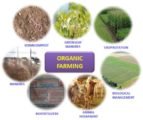
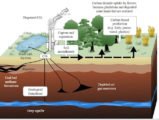

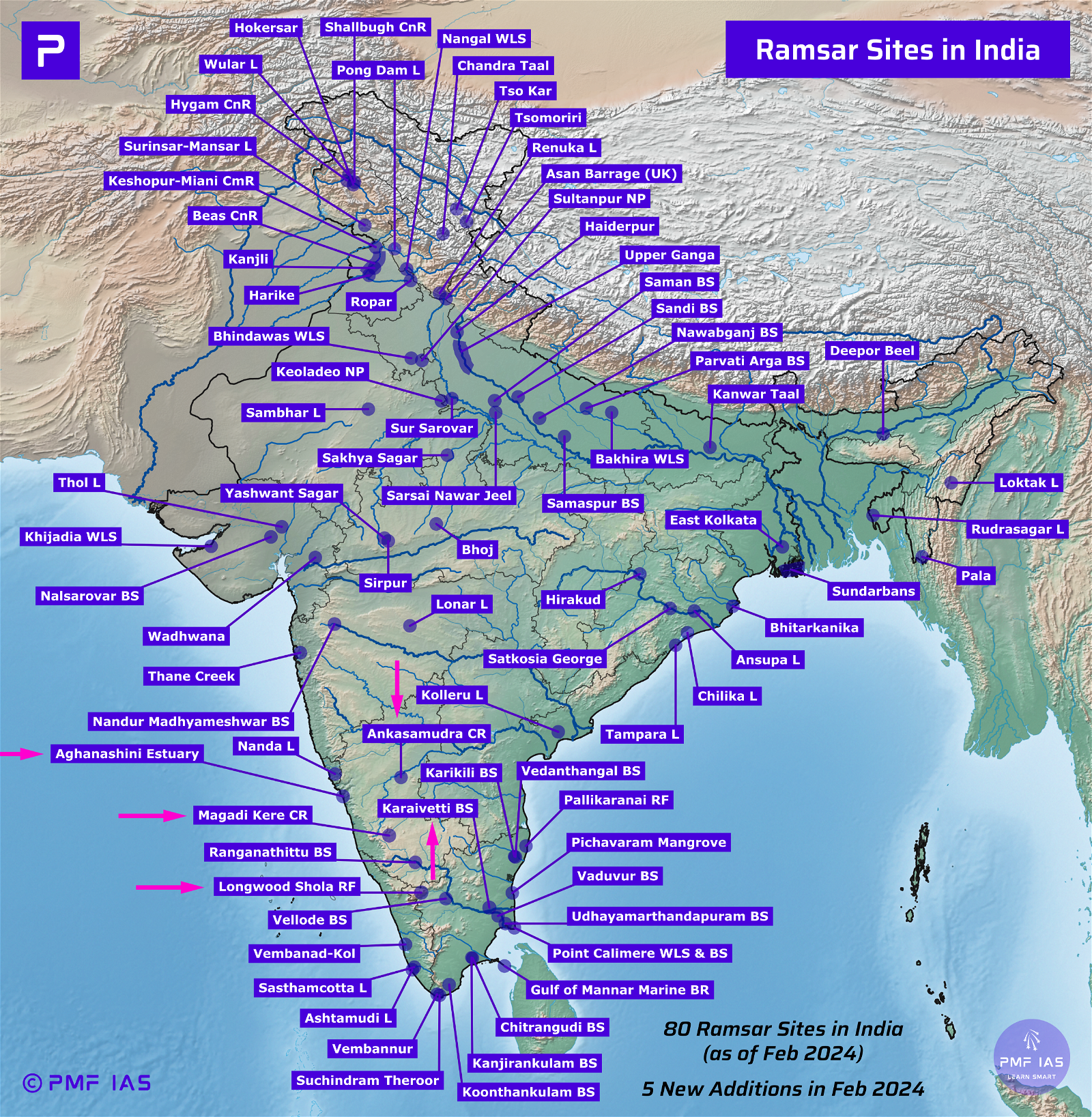
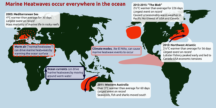
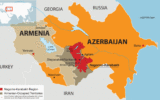



sir your environment is sufficient for upsc exam 2019
Along with my notes, you need to be consistent with regular current affairs.
It would be much better if practise questions are given at the end of each topic
It would be much better if practise questions are given at the end of each topic
In the explanation section of Adaptation, giraffe’s neck example is used under Adaptation
while in answer to 2nd question, same is said to be example of evolution and not adaptation. Kindly clarify!